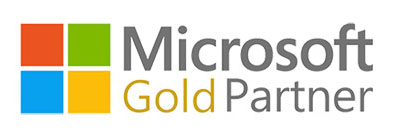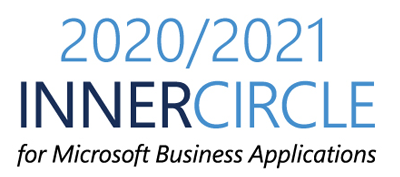Success is Driven by People
A Recap of Muhammad Atif’s DynamicsCon Session,
by Nelly Siddiqui, Marketing Team, Mazik Global
Software development has an established life cycle. We design software, we implement it, then we deliver it. Once it’s live, we provide maintenance for it. We are well-acquainted with this cycle. Why, then do so many challenges arise throughout the process?
Complexity in software development is a result of many different factors. Sometimes client requirements change as we are developing the product. Sometimes the challenge is more on the technical side – there could be several different systems that need to be integrated, or maybe we’re dealing with an old legacy system that needs to be considered.
 At the end of the day, though, all of these problems can be traced back to one common factor: the people. Technology is all about the people we’re working with, and as with anything in life, people can be reluctant to change. So how can we resolve this?
At the end of the day, though, all of these problems can be traced back to one common factor: the people. Technology is all about the people we’re working with, and as with anything in life, people can be reluctant to change. So how can we resolve this?
First, we need to understand that change results in discomfort. Adopting new technology is difficult – it is the result of accepting a fundamentally different way of working. We need to understand the people that we’re working with as well as their problems. Once we have understanding, only then can we work towards behavior change.
Resistance to change is a normal human behavior; it simply needs to be addressed. In order to adopt a new solution, people have to understand why it’s happening. This is why technical readiness and user readiness must go hand in hand to achieve successful implementation. We saw this play out in the way that Covid-19 affected our workplaces. People were used to the normal in-person office scenario, but circumstances necessitated a change. People responded with confusion and discomfort that had to be understood, worked around, and resolved.

So what are some strategies we can use to ensure successful software implementation while considering the people involved? Firstly, we know that companies are most successful when they know exactly how they’ll be taking advantage of their new technology – when they have a defined vision. It’s important to follow a method of structure and organization with steps to follow. Define your criteria of success so you can measure whether this solution is working for you.
Additionally, you need to generate excitement amongst the end users. You can do this in many different ways. Come up with a catchy name for your product, something memorable that will inspire questions and discussion. Share knowledge surrounding the product with the end users and show them how the product will benefit them – you can distribute pamphlets, send out a newsletter, or engage in a back-and-forth in a town hall. Focus on why you’re implementing this software, explaining it using real-life work scenarios.

Once the system is live, you need to ensure that it’s being used. Give your users incentives to use it, and then highlight those rewards in reports. Keep track of how many active users you have, and if people aren’t using it – understand what challenges are keeping them from doing so. You can use surveys to measure whether people feel that they are achieving their intended goals through this system.
At the end of the day, software is nothing without the people behind it, creating it, implementing it, and using it. We create software for people; understanding people is what drives the process.
This was a recap of Muhammad Atif’s session at Dynamics Con 2021, entitled “Dynamics 365 Successful Implementation and Users Adoption.” Muhammad Atif is the Vice President of Solutions and Services at Mazik Global. He has more than 20 years of experience empowering and supporting customers on their journey to digital transformation on the Dynamics 365 Platform.
















